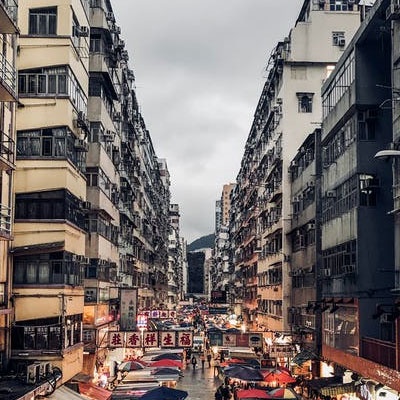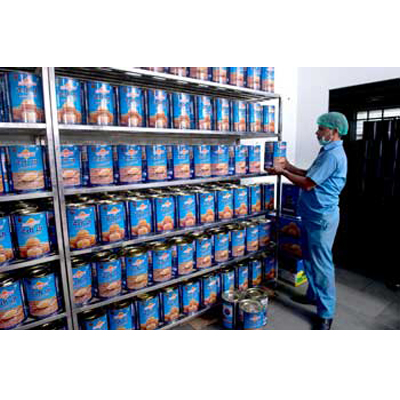Packaging Converters: Bridging Design to Delivery in Product Packaging

Packaging converters play a pivotal role in the product packaging industry, serving as the bridge between design concepts and the final delivery of packaging materials. In this comprehensive exploration, we will delve into the world of packaging converters, exploring their functions, processes, challenges, innovative solutions, and future outlook that contribute to the seamless transition from design to delivery.
Understanding the Role of Packaging Converters
Packaging converters are specialized entities within the packaging industry responsible for transforming raw materials into finished packaging products. They act as crucial intermediaries between brand owners, designers, and manufacturers, translating design concepts into tangible packaging solutions. Their functions encompass a wide range of activities, including design interpretation, material selection, manufacturing, customization, and quality assurance.
Design interpretation is a cornerstone function where packaging converters collaborate closely with designers to translate conceptual designs into physical prototypes. This involves considerations such as structural integrity, visual appeal, functional requirements, and regulatory compliance. Material selection is equally critical, as converters must choose materials that align with product characteristics, environmental sustainability goals, regulatory standards, and cost-effectiveness.
Manufacturing processes involve utilizing specialized equipment and techniques to efficiently produce packaging products while ensuring adherence to quality standards. Customization options such as printing, embossing, and coating allow converters to enhance brand identity and product presentation, catering to diverse consumer preferences. Quality assurance remains paramount throughout the process, with converters conducting rigorous checks to ensure that packaging meets specifications, withstands transportation stresses, and complies with regulatory requirements.
The Intricacies of Packaging Conversion Processes
The journey of packaging conversion encompasses a series of intricate processes that culminate in the creation of functional and visually appealing packaging solutions. The pre-press preparation phase marks the initial stage, involving digital or traditional artwork preparation, color management, and proofing to finalize designs before production begins. Printing and conversion follow, utilizing advanced printing technologies such as flexography, gravure, offset, or digital printing to transfer designs onto packaging materials. Post-printing processes such as cutting, folding, gluing, laminating, varnishing, embossing, and foil stamping add aesthetic enhancements and functional features to the packaging. Throughout these stages, stringent quality control measures are implemented to ensure that each packaging unit meets predefined standards of quality, durability, and visual appeal.
Challenges Faced by Packaging Converters
Despite their critical role, packaging converters encounter several challenges that impact their operations and the packaging industry as a whole. One of the foremost challenges is sustainability, as converters strive to balance eco-friendly practices with performance, cost-effectiveness, and regulatory compliance. The evolving regulatory landscape poses another challenge, requiring converters to stay updated on standards related to materials, inks, recycling, and labeling. Supply chain disruptions, technological advancements, and shifting consumer preferences further add complexity, necessitating adaptability, innovation, and strategic planning.
Innovative Solutions Shaping the Future of Packaging Conversion
In response to challenges, packaging converters are embracing innovative solutions and technologies to drive efficiency, sustainability, and competitiveness. Digital printing technologies have revolutionized the industry, enabling shorter print runs, customization, variable data printing, and reduced waste compared to traditional methods. Smart packaging integration is another frontier, with converters incorporating RFID tags, QR codes, and NFC technology for enhanced tracking, authentication, and consumer engagement. The adoption of biodegradable materials, automation, robotics, and data analytics tools optimizes processes, reduces environmental impact, enhances efficiency, and improves decision-making capabilities across the packaging value chain.
Future Trends and Outlook for Packaging Conversion
Looking ahead, several trends are poised to shape the future of packaging conversion and redefine industry norms. Embracing circular economy practices will be paramount, driving innovations in recyclability, reusability, and waste reduction. Personalization and customization will continue to gain traction, with converters leveraging digital printing capabilities to offer unique and tailored packaging experiences. The integration of smart packaging features will further evolve, enabling advanced functionalities such as traceability, anti-counterfeiting measures, and real-time consumer engagement. Research and development efforts will focus on developing advanced materials that strike a balance between performance, sustainability, and cost-effectiveness. Collaborative supply chains will strengthen, fostering partnerships among converters, brand owners, suppliers, and recyclers to create closed-loop systems that promote sustainability and efficiency.
In conclusion, packaging converters are integral to the packaging industry, facilitating the seamless transition from design to delivery. Their functions, processes, challenges, and innovative solutions contribute to the evolution of packaging design, sustainability, and consumer engagement. By navigating challenges, embracing innovation, and fostering collaboration, packaging converters will continue to play a pivotal role in shaping the future of packaging solutions globally.









